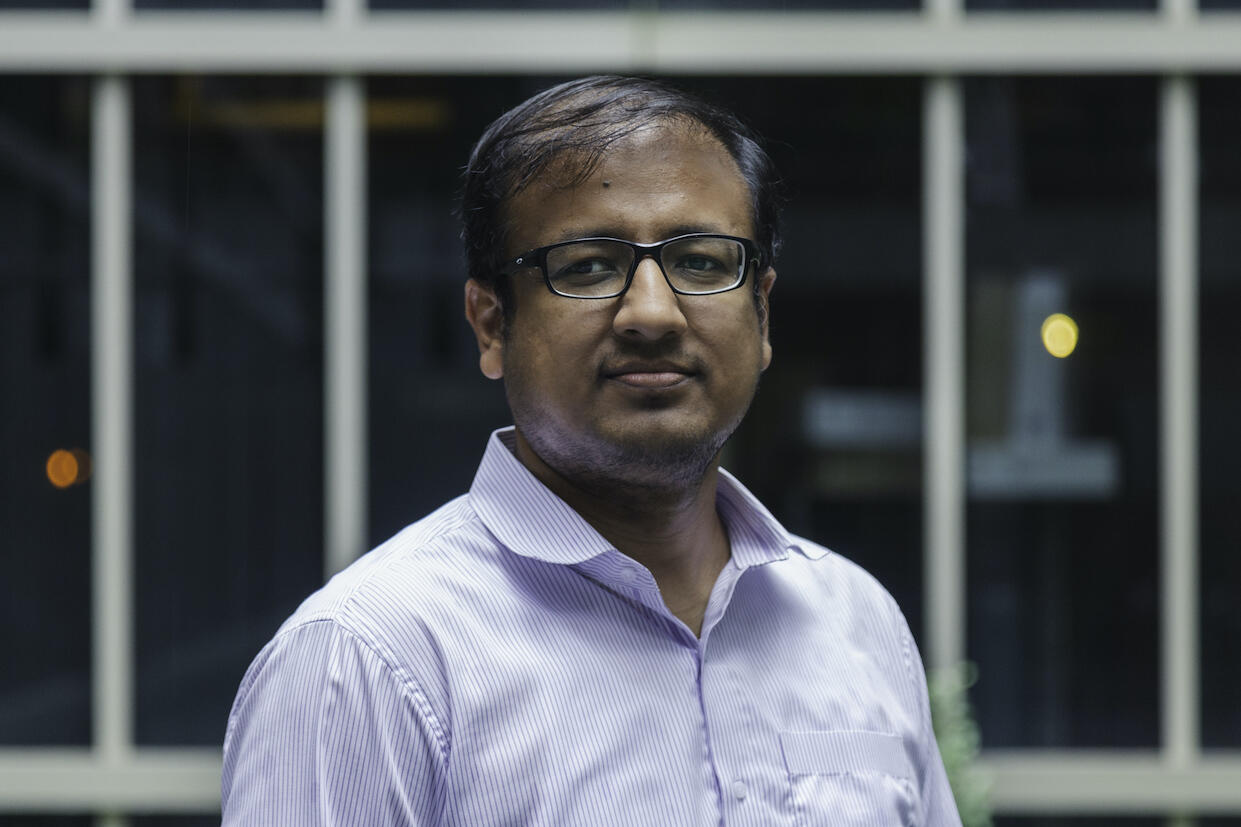
Dec. 7, 2020
A VCU computer science researcher is developing cybersecurity instruction for community colleges
Share this story
Demand for cybersecurity professionals continues to explode nationwide. A Virginia Commonwealth University professor is meeting the need by teaching community college students advanced cybersecurity skills.
Irfan Ahmed, Ph.D., an assistant professor of computer science in the VCU College of Engineering, and Sajal Bhatia, Ph.D., an assistant professor of cybersecurity at Sacred Heart University in Hartford, Connecticut, are developing curricula and technology resources in digital forensics and network penetration testing specifically geared toward community college students.
Digital forensics and network penetration testing, also called “pen testing,” are among the most sought after cybersecurity skillsets. Digital forensics involves recovering and investigating information on computers and other digital technologies such as cellphones and is considered a defensive cybersecurity skill. Pen testing, an offensive skill, evaluates the security of a network by performing an authorized cyberattack on the system.
“Community college students who have taken these two courses are qualified for entry-level jobs in cybersecurity — but you can’t just ‘copy and paste’ university curricula for these classes, give them to community colleges and have it be very effective,” Ahmed said.
Students in community colleges come in with a wider range of skill and experience levels so lecture-based teaching often fails to meet them where they are, Ahmed said. Instead, the researchers and educators in this project will use problems, not lectures, to teach cybersecurity.
“The idea with problem-based learning is that instead of delivering content by flipping [through] slides, the instructor or teacher will give students problems to solve with coaching from the instructor,” Ahmed said. “Students will learn while solving problems.”
In this model, the teacher acts as a mentor rather than the source of a solution, Ahmed said, and “the students are not handed any content, so the learning process becomes more active.” Students explore content suggested by the instructor to find a solution to the problem.
Teaching defensive and offensive cybersecurity processes securely requires enhanced technology. A $250,000 grant from the National Science Foundation — part of a $500,000 collaborative project led by VCU — will help fund the project and allow for development of a new Cyber Range Infrastructure for Cybersecurity Education using NSFCloud, a free cloud service for research and training purposes funded by the National Science Foundation. With this resource, community colleges can use the new training modules without having to purchase expensive computing infrastructure.
“Nationally and regionally, there is a tremendous shortage of talent in the cybersecurity area. We need people from all backgrounds and walks of life to get involved in keeping our national electronic infrastructure safe and sound,” said John D. Leonard II, Ph.D., professor of computer science and executive dean of VCU Engineering. “With this support from the NSF, our team of researchers and instructors will ensure that these students are at the cutting edge of … security skills.”
Implementation of the new cybersecurity curriculum will begin at Piedmont Virginia Community College in Charlottesville, Virginia, and Capital Community College in Hartford, Connecticut, in fall 2021. It will be evaluated throughout the three-year grant period, culminating with a comprehensive review by an external evaluator.
Ahmed said this program, if successful, could be scaled up to address the need for more cybersecurity professionals in the future.
“Right now, our priority is to develop the content, use the cloud infrastructure for free access, help the community college use it and assess student learning,” he said. “That's the key point. If it’s successful, then the follow-up will be seeing if more community colleges can adapt or adopt the content.”
Subscribe to VCU News
Subscribe to VCU News at newsletter.vcu.edu and receive a selection of stories, videos, photos, news clips and event listings in your inbox.





